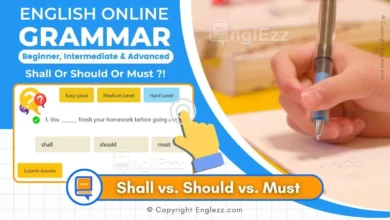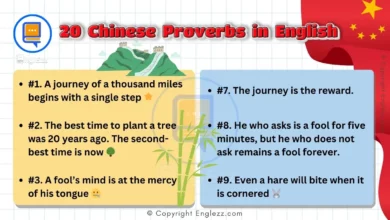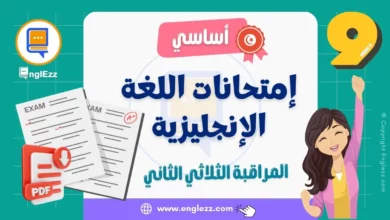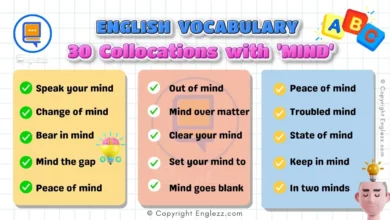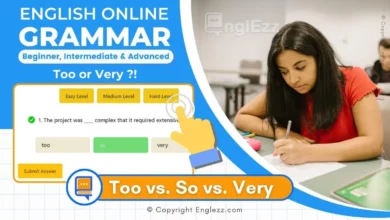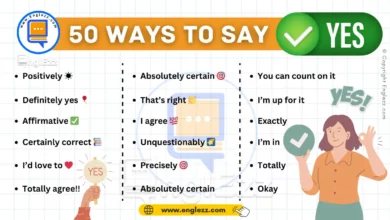English as a Second Language (ESL) students often face challenges when it comes to reading comprehension. In order to improve their language skills, it is important for ESL students to engage in activities that help them understand the written word. One such activity is reading about the pros and cons of inventions.
Inventions have been a driving force behind human progress for centuries, and their impact on our lives cannot be overstated. However, every invention has its pros and cons, and ESL students should be aware of these before forming opinions.
Overview
In this article, we will explore some of the most popular inventions and their advantages as well as disadvantages. By doing so, we hope to help ESL students develop critical thinking skills while also improving their reading comprehension abilities.
ESL Reading Comprehension: Pros and Cons of Inventions
Learn about the pros and cons of inventions with this helpful ESL reading comprehension lesson. Perfect for English language learners of all levels!
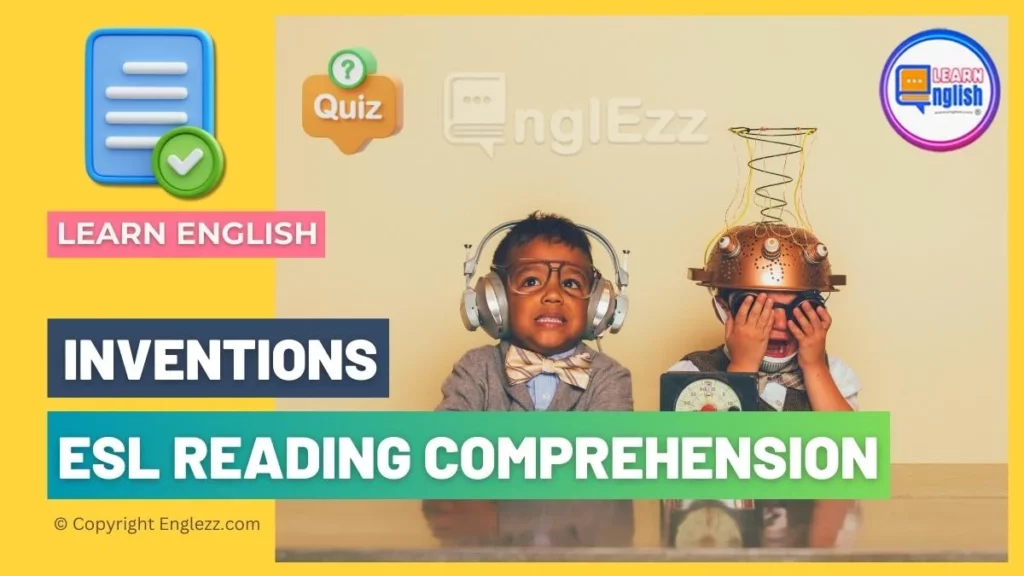
The Text:
Inventions have played a vital role in shaping the world we live in today. They have made our lives easier and more convenient, but they have also had their downsides. In this article, we will explore the pros and cons of inventions.
On the one hand, inventions have brought about many benefits. For example, medical inventions have saved countless lives. Vaccines, antibiotics, and surgical procedures have all helped to cure diseases and treat injuries that were once fatal. Communication inventions such as the telephone and the internet have made it easier for people to stay connected with each other, no matter where they are in the world. Transportation inventions such as cars and airplanes have made travel faster and more efficient. Inventions have also created job opportunities and boosted economic growth.
On the other hand, inventions have also had negative consequences. Some inventions have caused environmental damage, such as air pollution from cars or plastic waste from packaging. The overuse of technology has led to problems such as addiction and social isolation. Inventions have also contributed to income inequality, as some people benefit more from certain inventions than others. In addition, some inventions have been used for harmful purposes, such as weapons and surveillance technology.
Despite the downsides, it is important to remember that inventions have the potential to do a lot of good. It is up to us to use them responsibly and to address any negative consequences they may have. Governments can regulate the use of inventions to protect the environment and ensure that everyone benefits from them. Individuals can also make choices that reduce the negative impact of inventions, such as using public transportation instead of driving or recycling plastic.
In conclusion, inventions have both positive and negative effects. While they have brought many benefits, they have also caused problems. It is important to weigh the pros and cons of each invention and to use them responsibly. By doing so, we can continue to enjoy the benefits of inventions while minimizing their negative impact.
Answer the Following Questions About the Pros and Cons of Inventions: (Download the answer)
- How do inventions contribute to human progress and development?
- What are some examples of medical inventions that have saved lives?
- What negative consequences can inventions have on the environment?
- How can individuals reduce the negative impact of inventions on the environment?
- What factors determine the success or failure of an invention?
- In what ways can inventions create job opportunities for people?
- How can inventions lead to knowledge expansion and promote innovation?
- What are some ethical considerations when using inventions for harmful purposes?
- How can governments regulate the use of inventions to protect the environment and ensure fair access for all?
- How important is it to weigh the pros and cons of each
Advantages and Disadvantages of Inventions Summary
| ✅ Inventions pros | ❌ Inventions Cons |
|---|---|
| 1. Inventions improve efficiency and productivity in different sectors. | 1. Not all inventions are successful, some may fail due to various reasons such as lack of demand or technological limitations. |
| 2. They can solve complex problems and make human lives easier. | 2. Inventions could be expensive, which might limit accessibility to certain groups of people. |
| 3. Inventions can create new job opportunities for people. | 3. Some inventions could cause health or environmental issues if not properly tested before release. |
| 4. Some inventions have contributed to the development of new industries and markets. | 4. Inventions might replace some human jobs, leading to unemployment in certain industries. |
| 5. Inventions can lead to knowledge expansion and promote innovation. | 5. The invention process could be time-consuming and require a lot of resources, which may not always be available for everyone who has an idea that they want to bring into reality |
Quotes from Famous People about Inventions!
“Every great invention is on the edge of risk.” – Jay Samit
“Inventions have long since reached their limit, and I see no hope for further development.” – Julius Frontinus
“Invention is the most important product of man’s creative brain. The ultimate purpose is the complete mastery of mind over the material world, the harnessing of human nature to human needs.” – Nikola Tesla
“Invention, it must be humbly admitted, does not consist in creating out of void, but out of chaos.” – Mary Shelley
“The best way to predict the future is to invent it.” – Alan Kay
“Invention is the mother of necessity.” – Thorstein Veblen
“Invention is the talent of youth, as judgment is of age.” – Jonathan Swift
Here are the answers to the Pros and Cons of Inventions text questions:
- How do inventions contribute to human progress and development? Inventions contribute to human progress and development by improving efficiency and productivity in different sectors, solving complex problems, making human lives easier, creating new job opportunities, contributing to the development of new industries and markets, and expanding knowledge and promoting innovation.
- What are some examples of medical inventions that have saved lives? Some examples of medical inventions that have saved lives include vaccines, antibiotics, and surgical procedures. These inventions have helped cure diseases and treat injuries that were once fatal.
- What negative consequences can inventions have on the environment? Inventions can have negative consequences on the environment, such as air pollution from cars, plastic waste from packaging, and the overall environmental impact of certain technologies.
- How can individuals reduce the negative impact of inventions on the environment? Individuals can reduce the negative impact of inventions on the environment by making choices that minimize environmental harm, such as using public transportation instead of driving, recycling plastic, conserving energy, and adopting sustainable practices.
- What factors determine the success or failure of an invention? The success or failure of an invention can be determined by various factors, including market demand, technological limitations, accessibility to certain groups of people, proper testing and safety measures, availability of resources, and the overall acceptance and adoption of the invention.
- In what ways can inventions create job opportunities for people? Inventions can create job opportunities for people by leading to the development of new industries and markets, requiring skilled workers for production, distribution, and maintenance, and generating employment in related sectors and services.
- How can inventions lead to knowledge expansion and promote innovation? Inventions can lead to knowledge expansion and promote innovation by challenging existing ideas and pushing the boundaries of what is possible. They often require research, experimentation, and the acquisition of new knowledge, which can contribute to scientific and technological advancements and inspire further innovation.
- What are some ethical considerations when using inventions for harmful purposes? When using inventions for harmful purposes, ethical considerations include the potential for causing harm to individuals or society, infringing upon human rights and privacy, contributing to inequality and injustice, and the responsible use of technology to mitigate negative consequences.
- How can governments regulate the use of inventions to protect the environment and ensure fair access for all? Governments can regulate the use of inventions to protect the environment and ensure fair access for all by implementing laws, policies, and regulations that promote sustainable practices, encourage responsible innovation, set standards for environmental impact, support accessibility and affordability, and enforce compliance with ethical and environmental guidelines.
- How important is it to weigh the pros and cons of each invention? It is important to weigh the pros and cons of each invention to make informed decisions about their usage and impact. Considering the advantages and disadvantages helps to understand the potential benefits, risks, and ethical implications associated with an invention, enabling individuals and society to use them responsibly and address any negative consequences they may have.

